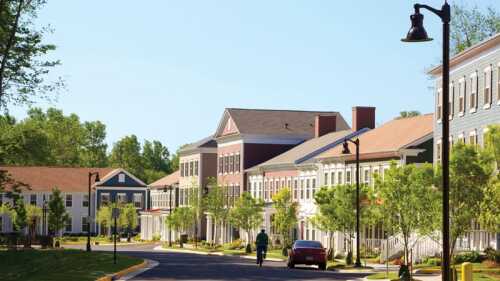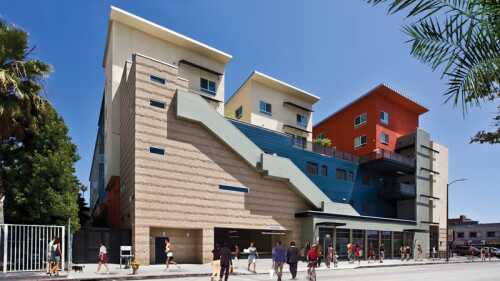Residential
Employer-assisted rental housing helps attract faculty in a high-cost Washington, D.C., suburb.
Public and private capital can be combined–and leveraged–to provide more workforce housing.
Medical professionals are now looking “upstream” to determine how to improve children’s health through housing, said speakers at the ULI Housing Opportunity conference.
Developers who are primarily targeting the demographic “barbells” of baby boomers and millennials shared on-the-ground experience at a ULI Spring Meeting session moderated by ULI Senior Fellow Maureen McAvey.
Public policy can help efforts to reduce energy use when the building owner is not the utility’s customer.
In 2013, the President’s Climate Action Plan expanded the Better Building Challenge to cover multifamily buildings. An instrumental component of the program—which supports commercial and industrial building owners in reducing energy use by at least 20 percent by 2020—is benchmarking.
Data-driven technology companies like Zillow, Walk Score, and Redfin are changing the way that buyers view properties.
Solutions to increase the supply of affordable rental housing are explored in a new report from the ULI’s Terwilliger Center for Housing and Enterprise Community Partners Inc.
Are sites like AirBNB.com to blame for higher rents in cities? Some analysis indicates that home sharing has the potential to make urban housing more affordable for more families.
Efforts to help prevent future bubbles and to respond to them once problems emerge may require localized approaches.






